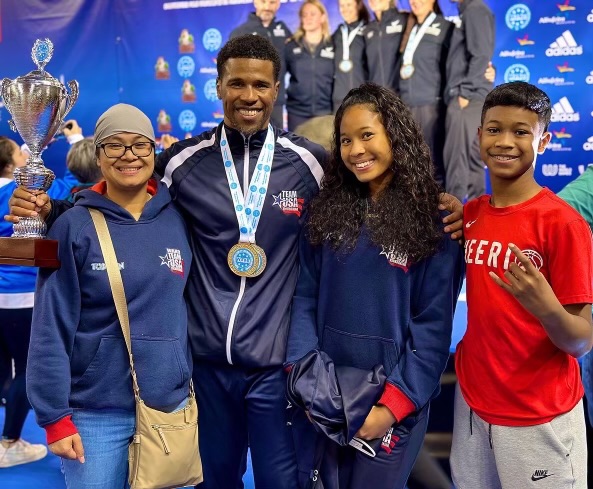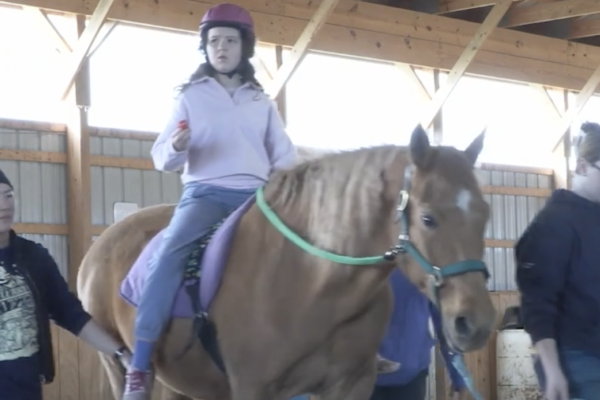Syracuse, N.Y. (NCC NEWS) – Among the physical and mental challenges that athletes face, there may be one you don’t know about: RED-S. Also known as Relative Energy Deficiency in Sports, RED-S is a condition in which an athlete is not getting enough fuel from food to meet their energy needs.
Athletes who participate in endurance sports with an intense level of training are at highest risk, especially those whose sports focus on aesthetics, like dance. Alex Lund, Captain of the Syracuse University Dance Team, knows this all too well.
“Especially in competitive dance, from early ages to now, you’re looking at hour body all the time,” said Lund. “And even if you have really supportive people in your life, being a young woman and staring at yourself in the mirror for 8 hours a day is going to have detrimental effects.”
While some student athletes may eat less to achieve a certain aesthetic, others find it hard to find time and resources to prepare meals for themselves. At Syracuse University’s John A. Lally Athletic Complex, they are providing a solution. The Grab and Go station at the athletic center has nutritious snacks, salads, and sandwiches to ensure that athletes never have to worry about when their next meal will be.
While fueling your body is important to sustain energy, Veronica Tearney, Director of Strength and Conditioning at Syracuse University, explained how it can impact other aspects of your physical and mental health.
“It affects everything from your hair, to your skin, to your nails, to your ability to concentrate and focus, to your mood,” said Tearney. “It affects so much more than energy or building muscle or even weight loss or gain.”
According to the National Institutes of Health, female athletes are generally more dissatisfied with their body image than men. Oftentimes, female athletes feel like they need to fit a certain aesthetic. Lund explained how accepting that there is no body type that is “right” for any sport has helped her with her own body image.
“A dancer doesn’t look a certain way and a runner doesn’t look a certain way,” said Lund. “No aesthetic is worth sacrificing your overall health.”




